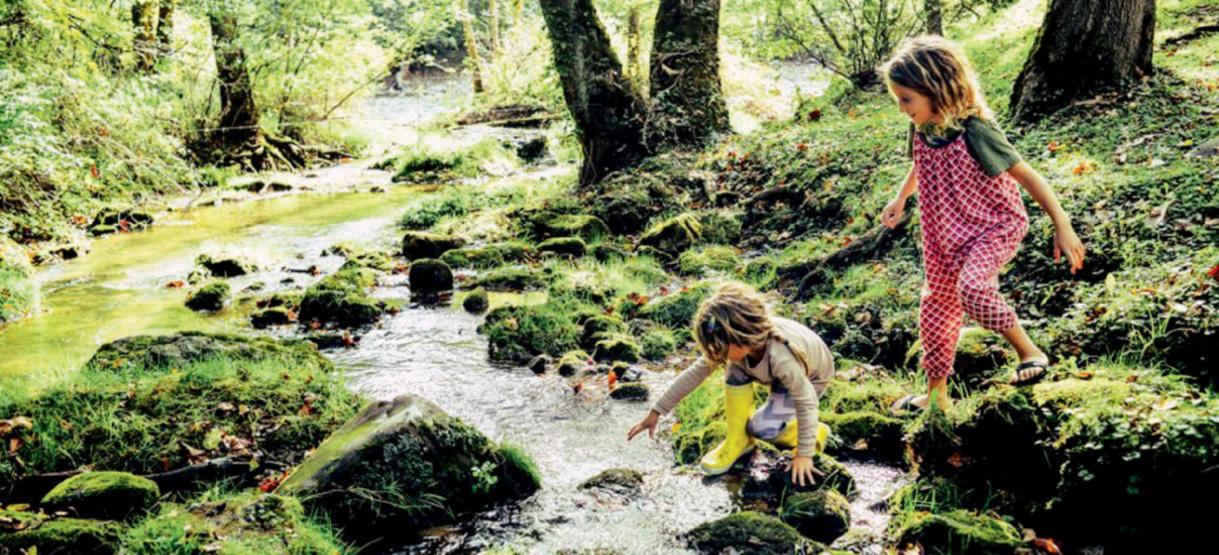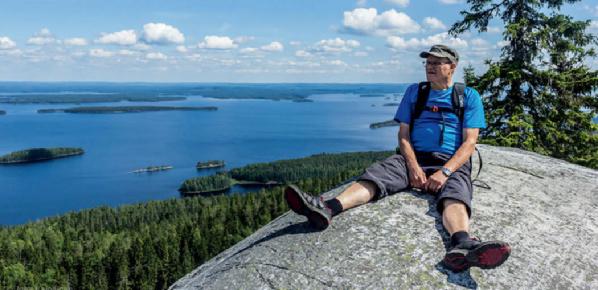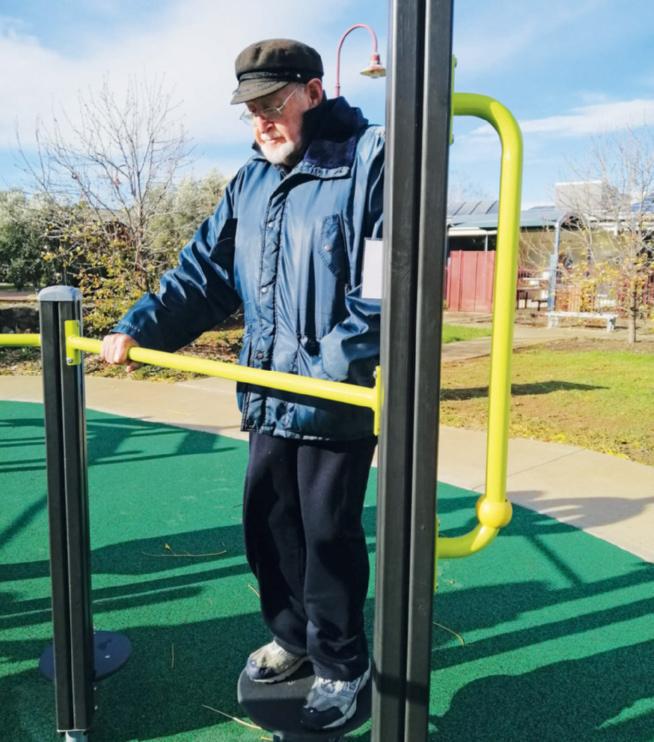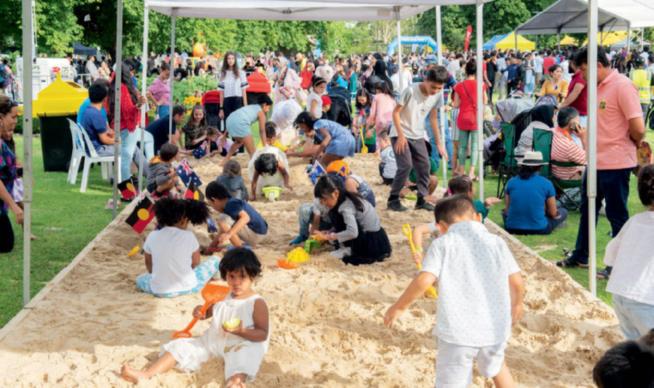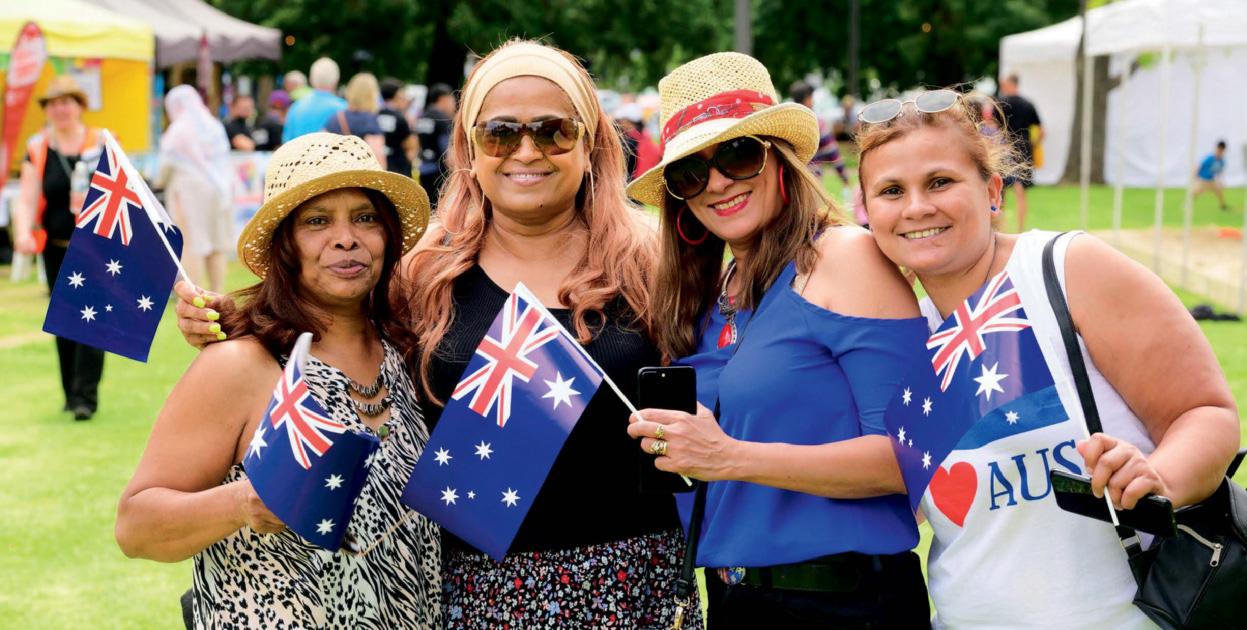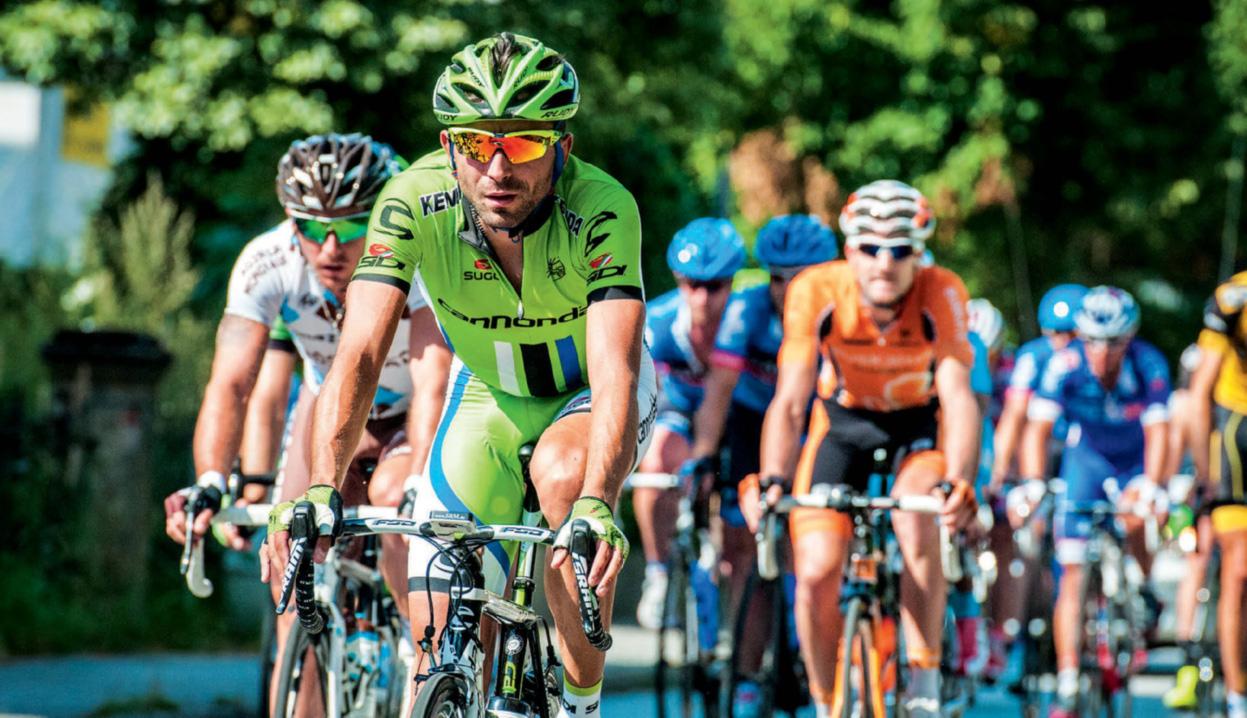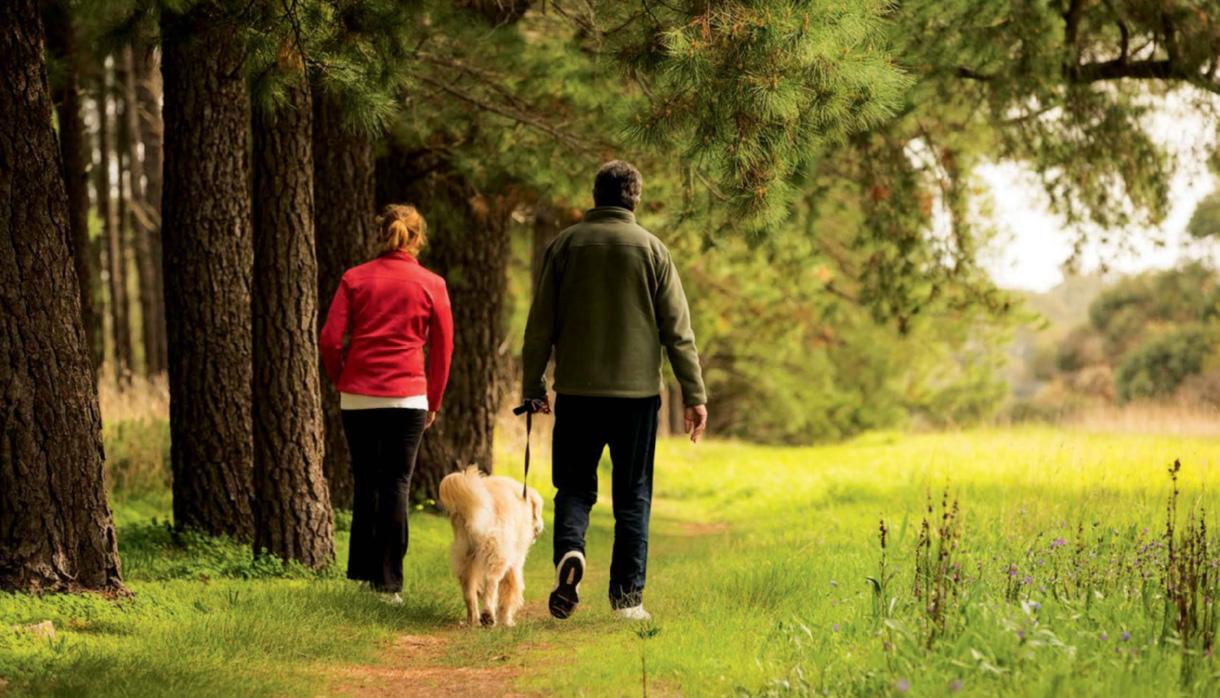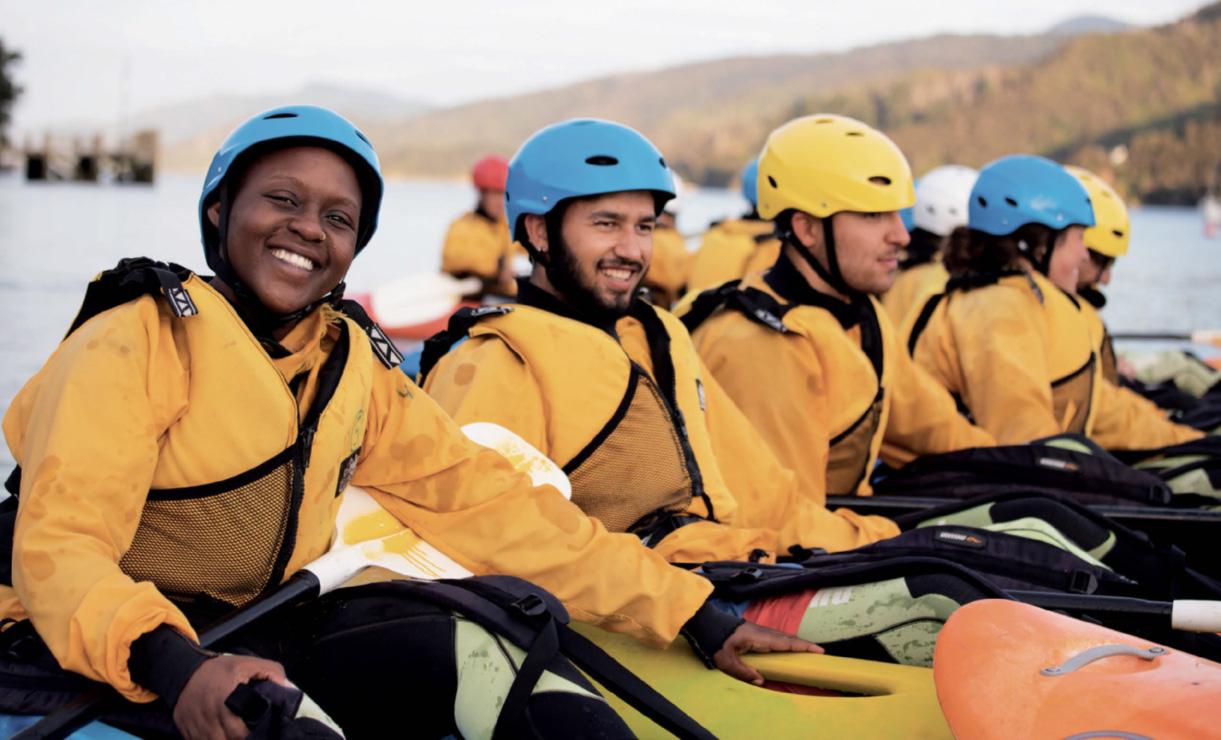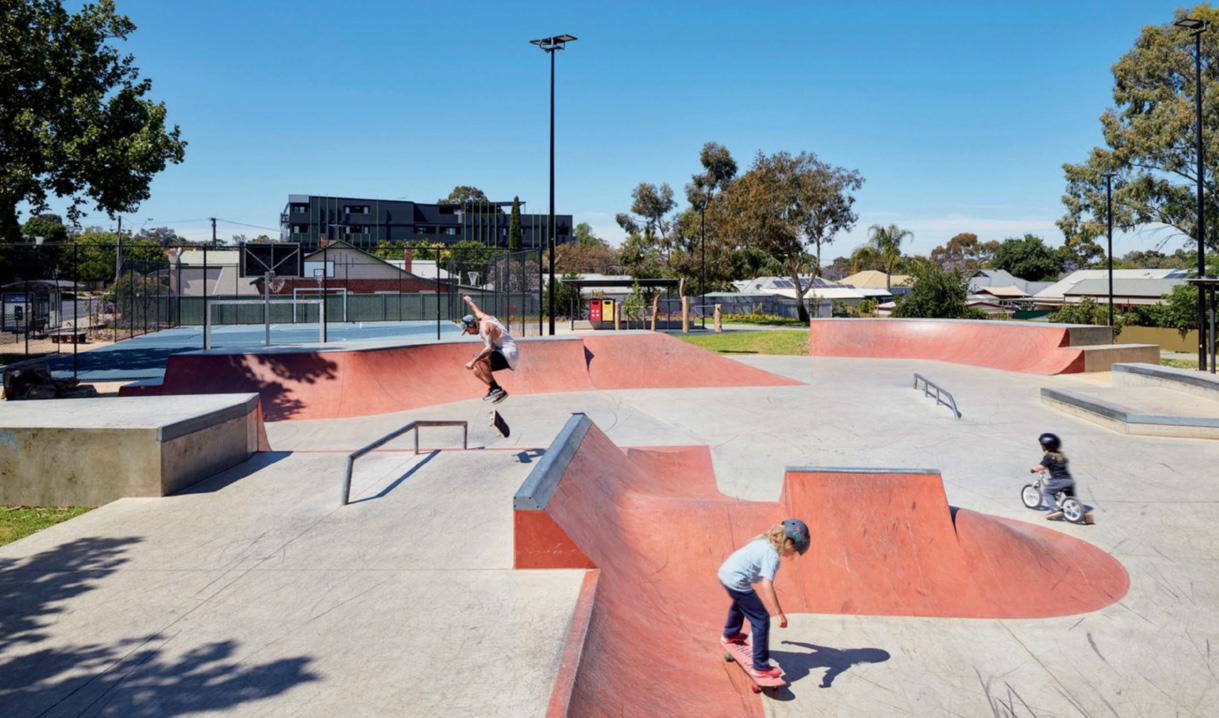OLDER PEOPLE AND PARKS PATHWAYS FOR INCLUSIVE PARKS AND OUTDOOR SPACES WORDS ASSOCIATE PROFESSOR PAZIT LEVINGER, SENIOR RESEARCHER, NATIONAL AGEING RESEARCH INSTITUTE (NARI)
T
he National Ageing Research Institute (NARI) is a not-for profit research institute that aims to improve older people’s health and wellbeing. NARI, as a national leading research institute, is pleased to provide input and expertise from our extensive research and community work with older people. NARI is keen to work closely with relevant stakeholders, organisations and local governments to positively impact on the built environment to better suit the ageing population and to assist with future work around the environmental infrastructure as the population grows. The NARI and PLA VIC/TAS region have recently signed a Memorandum of Understanding to join in partnership in acknowledgement of the research undertaken by the NARI research and the importance of this knowledge for the development of public recreation facilities, spaces and programs for older people. Global population forecasts suggest the proportion of people aged 60 years and over will continue to increase and
will nearly double from 12 percent to 22 percent by 2050. In fact, the World Health Organisation estimated that soon the number of people aged 60 years and older will outnumber children younger than 5 years.1 In Australia, it is projected there will be 8.8 million older people by 2057 (22% of the population compared to 15% recorded in 2017; Australian Institute of Health and Welfare; Older Australia at a glance. 2018: Canberra). As people get older, numerous underlying physiological changes occur and they become more susceptible to health risks, particularly chronic and degenerative conditions and diseases. Aging can also lead to negative changes in innate and adaptive immunity (impaired immune response), which is a major contributor to poor health in older people. This is likely to predispose older people to greater risk of infections, cancer and chronic inflammatory disease contributing to age-related multi-morbidity. Decline of physical or cognitive capacities, chronic conditions and illness, and loss of
30 AUSTRALASIAN PARKS AND LEISURE | Summer 2020
social networks are only a few of many adversities older people face. As we move towards an increasingly older population, it is important to consider the needs of older people to promote healthy ageing and to build outdoor environments and spaces that support active ageing and good health. The health benefits of outdoors, parks and nature is well recognised. It can improve our physical and mental wellbeing as well as our social health. Green and open spaces facilitate contact with nature and provide us with the opportunity to rest, reflect, and restore our state of mind. However, the valuable role that parks and outdoors play for older people is often overlooked. Access and exposure to urban greenspaces and parks offer great health benefits for older people from increased engagement in physical activity to promoting social interaction, improving physical and psychosocial health, as well as promoting longevity. As older people become less mobile or develop increased physical limitations, their effective neighbourhood and local public space are likely to shrink to include the immediate areas near their homes. This means that older people are more likely to be adversely impacted by their local neighbourhood outdoor environments and its design. The design of the physical outdoor environments are therefore required to be carefully planned to meet the physical needs of older people. There are various methods/approaches that can be incorporated during the design process to maximise safe usage and access by older people. Some tips and recommendations are provided below, and further information can be found in the publication Guidance about agefriendly outdoor exercise equipment and associated strategies to maximise usability for older people.2 Firstly, the location of the park and its distance to residential areas can influence usage; where parks in close proximity to a large target population that are easily accessible are likely to attract visitors. Easy access (by foot/motor vehicle) and the location of nearby amenities and community hubs/facilities (eg. community centres) can also promote greater usage by older people. Proximity to public toilets and adequate lighting is important given the potential existence of visual impairments and incontinence associated with ageing. Secondly, older people might have physical limitations and hence may need to use walking aids and or hand rails for support. Therefore, safe outdoor spaces should include safe pedestrian infrastructure (sidewalks, trails, even paths), accessible surfaces for people using walking aids or wheelchairs and safe areas




